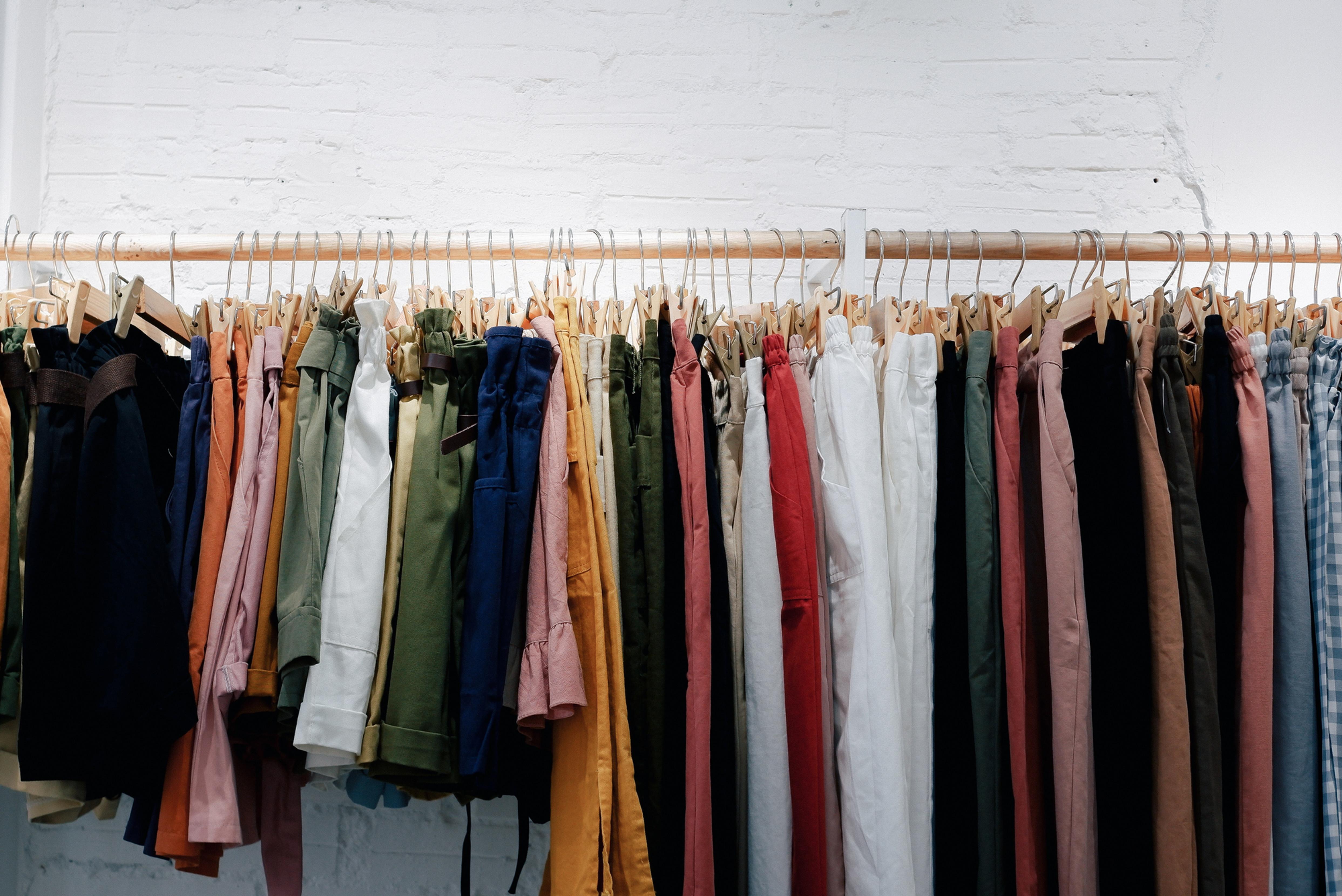Coronavirus-2019 has been a hot topic for journalists ever since it appeared in Wuhan, China. Since then, COVID-19 has hit almost every country in the world, earning the title, pandemic. Even though the same virus has affected countries worldwide, the virus effects have not been shared equally. Its fair to assume that most people have been touched by the consequences of the pandemic, whether they were forced to switch to remote learning, saw the death of loved ones, or lost their jobs, surviving on unemployment and stimulus checks. While students in the United States are anticipating a return to normal schooling, their peers in other countries such as Haiti and Costa Rica, are already receiving full in-person instruction on a daily basis. On the other side of the spectrum, students in the Dominican Republic and Honduras still have not been given a hybrid option like the one offered to many American students.
Taiwan is one nation that has effectively handled its COVID-19 response. As of February 2021, the country has had 940 cases and 9 deaths. Instead of immediately shutting down its economy, Taiwans government tracked the mobile SIM cards of travellers coming from overseas, by having them scan a QR code upon entering the country. This system was put in place on January 20th, 2020 to track travellers to make sure that they were abiding by their mandatory 14 day quarantine. For the most part, registering for this system was mandatory, but special exceptions were made for certain travel groups, such as business travelers. Additionally, businesses remained open while taking cautionary measures, such as checking the temperatures of workers and customers alike and providing hand sanitizer. Medical officials held daily public briefings to ensure that everybody in the country knew what was happening. This resulted in the country having a relatively low number of daily cases. In addition, emergency funding was approved to support COVID-19 prevention efforts and to help failing industries. Finally, Taiwan has a single payer healthcare system, which may have contributed to its success with handling COVID, as more than 99% of people in Taiwan have access to healthcare, and those who needed were able to seek treatment.
Although its numbers are not as good as Taiwans, Iceland has also handled the pandemic extremely well. As of February 3, 2021, the country has had 6,009 cases and 29 deaths. One element in Icelands favor is population size. The fact that Icelands population is only around 364,000, with a population density of 9 people per square mile, has been helpful in terms of controlling the virus. Prior to the pandemic, the country had built a database called deCODE Genetics for citizens to track their genealogy. After the pandemic hit, deCODE Genetics was used to screen people for the coronavirus. This, in itself, didnt guarantee immediate success, but the Icelandic government formed a contact tracing team right away. This team would interview people who tested positive for the virus and find out who those people were in contact with. Additionally, if an individual was suspected of contracting COVID-19, the person faced social pressure to stay indoors, just like he or she was asked to. Meanwhile, the government agreed to cover the individuals salary while he or she was in quarantine or sick. This allowed infected people to quarantine without thinking about how to leave the house in order to earn a couple of paychecks. Overall, Iceland has every right to feel proud of themselves for taking a crisis and handling it with ease.
Another country with great success in managing the pandemic has been Vietnam. Vietnam put its emergency plan into action immediately after it had its first positive Coronavirus case on January 23, 2020. The country started taking precautionary measures long before other countries had, closing their borders with China, increasing health checks at borders, and initiating travel restrictions. This strategy worked well until July, when there was an outbreak of the virus in Danang (a coastal city in Vietnam) leading to 450 cases in just one weekend.The government responded decisively, sending evacuating 80,000 visitors to the city. After that, they sent the visitors back to their homes. They then went into full lockdown and banned all and any visitors. After the New Year, the U.K. variant began to spread in Vietnam, bringing with it another challenge.On the bright side, the country is confident that it can implement the same strict measures and to control the spread of the COVID-19. As of February 3, 2021, Vietnam has had 1,850 cases and 35 deaths.
Sweden, in contrast, took minimal measures to control the spread of COVID-19. The Swedish government kept everything open, from gyms to schools and daycare centers to restaurants. The only law the government enforced to attempt to control the pandemic was that gatherings of more than 50 people were not allowed. Many Swedes chose to practice social distancing on their own, following guidelines recommended by authorities, even though those suggestions were not required by law. In Sweden, if one was able to work from home, he or she often did so in order to reduce the chance of catching the virus. The Swedish authorities claim that achieving herd immunity was never their goal. However, they did claim that keeping society open would help the Swedes develop resistance to the pandemic. Herd immunity is the concept that when enough people are exposed to a virus, the society will develop an immunity to it. Thus, in keeping schools and jobs and businesses open, the Swedish government helped its country achieve herd immunity. Although Swedish authorities claimed that this wasnt what they were going for, their strategy seemed aligned with it. They never bothered with lockdowns or strict measures. In her article The Inside Story of How Sweden Botched Its Coronavirus Response, Kelly Bjorklund states that the Sweden Public Health Agency turned to herd immunity instead of taking steps to control the virus. Since the pandemic hit, Sweden has had 857,401 coronavirus cases, and 13,621 deaths. Its population is 10.2 million, meaning that approximately 8.4 percent of Swedes have had COVID. In Sweden, for every one million people who test positive, 1,348.71 die from it. Neighboring countries have far lower death rates. Denmark boasts a death rate of 4.261 per million, and even Finlands death rate, 156.66 per million, is drastically better than Swedens.
Brazil is the second worst country in the world in terms of handling covid. As of February 3rd 2021, there have been 9.23 million positive cases, as well as 225,099 deaths. The federal government has not imposed any lockdowns despite these numbers. State and local leaders have implemented their own lockdowns in their respective areas; however, these local policies have met with protests. Even the president, Jair Bolsonaro participated in anti-lockdown protests in Brazils capital, claiming that coronavirus is nothing more than the flu. To make matters worse, the Brazilian government has ignored the medical advice that they have received, and it took time for testing to become easily available in the country. Likewise, Brazil never pursued contact tracing, nor did they offer healthcare to the poor, even though they have been hit the most at 14.86 million cases and 411,588 deaths as of June 1st 2021. Interestingly, many Brazilians dont want Coronavirus written on their death certificates, and local administrators have been minimizing the number of cases.
Our home country, the United States of America, is the country with the highest number of cases 30.46 million as of April 7, 2021 and the highest number of deaths 555,072. The United States has a total population of 331,449,281 people. Beth Howell, a writer for Movehub, theorizes that former President Trump underplayed the pandemic, by going into public without a mask and by refusing to listen to experts such as Dr. Anthony Faucci, blaming the countrys easy access to testing for its high figures. By not wearing a mask in public, he set a bad example that indicated that masks werent necessary. The fact that he solely blamed the countrys accessibility to testing as to why the covid cases were so high, shows that he didnt see this as a major problem. In addition to this, President Trump has advocated hydroxychloroquine as a cure for the Coronavirus even though research has proven that its ineffective. Since President Bidens inauguration in January of this year, the country has shifted its Coronavirus strategy. Biden has implemented a mask mandate on federal property, planes, buses, and trains. We will see to what extent such new policies slow the spread of COVID-19, as the country moves into spring.
To sum it up, the coronavirus pandemic was something that turned our lives at a 180 degree angle. It affected every person in some way, shape or form. The myriad of responses taken by countries across the world has shown what works, what doesnt and the importance of communication and decisive action. Right now, vaccines are out and are getting delivered into peoples arms. Hopefully, if theres another pandemic in the future, the countries who have managed COVID poorly can learn from countries that have prevented the worst.
Works Cited
Bhatia, Gurman, et al. Sweden: the Latest Coronavirus Counts, Charts and Maps. Reuters, Thomson Reuters, 11 Apr. 2021, graphics.reuters.com/world-coronavirus-tracker-and-maps/countries-and-territories/sweden/.
Bjorklund, K. (2020, December 22). The Inside Story of How Sweden Botched Its Coronavirus Response. Foreign Policy. https://bit.ly/3uBVXxw.
Bremmer, I. (2020, June 12). The Best Global Responses to COVID-19 Pandemic. Time. https://time.com/5851633/best-global-responses-covid-19/.
Han, Emeline, et al. The Resilience of Taiwan’s Health System to Address the COVID-19 Pandemic. EClinicalMedicine, U.S. National Library of Medicine, www.ncbi.nlm.nih.gov/pmc/articles/PMC7320260/.
Howell, B. (2021, February 3). The Countries Who’ve Handled COVID-19 the Best and Worst. MoveHub. https://www.movehub.com/blog/best-and-worst-covid-responses/.
Npr. (2020, September 4). Swedish Approach To The Pandemic: Is It Working? NPR.org. https://n.pr/3uBVKdI.
Roser, Max, et al. Sweden: Coronavirus Pandemic Country Profile. Our World in Data, 26 May 2020, ourworldindata.org/coronavirus/country/sweden.
Savage, M. (2020, July 23). Did Sweden’s coronavirus strategy succeed or fail? BBC News. https://www.bbc.com/news/world-europe-53498133.
Unicef. PDF. Unicef.
| Universal Healthcare vs. Single Payer Healthcare. Universal Healthcare vs. Single Payer Healthcare | Pfizer. (2018, July 2). https://bit.ly/3snd0Bi. |
World Health Organization. Sweden: WHO Coronavirus Disease (COVID-19) Dashboard. World Health Organization. https://covid19.who.int/region/euro/country/se.
 Shreya Nara, Senior at AIT
Shreya Nara, Senior at AIT 
 How a Person's Outlook on Death Affects Their Outlook on Life
How a Person's Outlook on Death Affects Their Outlook on Life